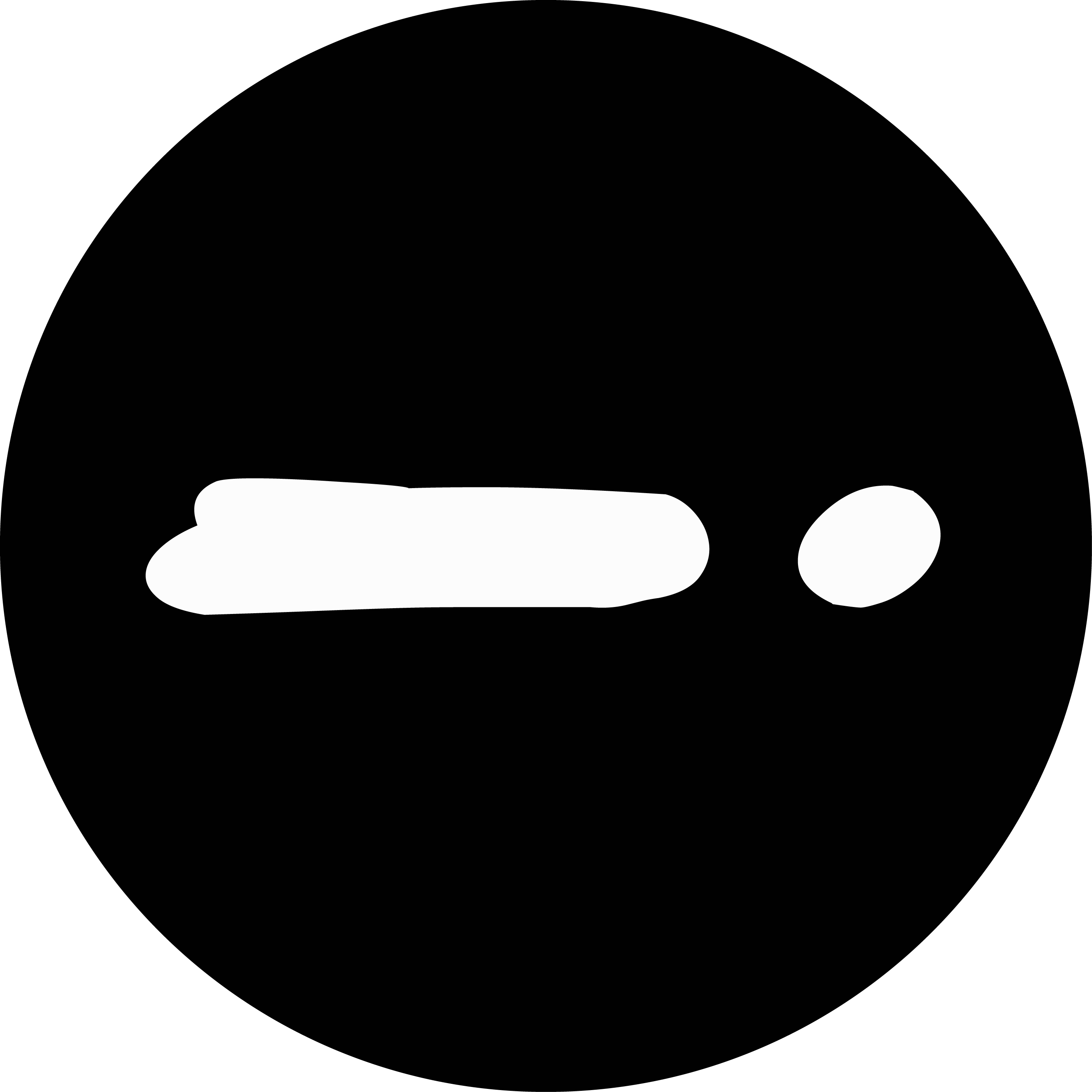In 2018 I was the Product Manager of Therachat, a digital web and mobile platform that connects mental health professionals with their clients in between sessions. In the US therapy sessions are extremely expensive and up to 50% of the session is spent on figuring out what happened in the client’s life in between sessions.
What if a therapist knew what had happened in their client’s life in-between sessions? What if they already had concrete talking points to walk into a session and they were informed beforehand?
Here’s how we went from uncovering a problem to a complete end product in a matter of a couple of weeks. This included user research, usability testing and back-end, mobile and web engineering.
Uncovered Problems
Problem 1: Therapists Have a Limited Amount of Time to Prepare for a Session
When we talked to therapists, one common theme always stood out: the lack of time. Most notably a lack of time to prepare for individual sessions throughout the day. We found out therapists usually have about 5-10 minutes between their therapy sessions. We wondered, within that short timeframe, how can we help therapists be more informed about what their clients have been experiencing throughout the week?
Problem 2: Different Activity Result Types
With Therachat, mental health professionals can send a range of premade and custom therapy activities to their clients through a mobile app. From journaling to tracking exercises and session feedback, many of these activities have different types of results (words, numbers…). The mix of result-types left us with a concrete problem: How can we create a quick overview of all activity results that also allows therapists to dive into the details of these varied responses?
To the Whiteboard!
We spent a lot of time whiteboarding the different ideas we had to solve these problems. A lot of those ideas didn’t make it to testing because we knew they weren’t going to save therapists time between sessions, they were too confusing, or they didn’t make the most crucial client information visible. After a lot of head-scratching, we settled on 3 designs to move forward.
Getting Feedback from Therapists
When we launched big features, we wanted to make sure we’re building things that help therapists and don’t add more work to their already busy lives. The only way to know whether we were successful in this, was by visualizing our ideas and testing them with therapists. Which is exactly what we did.
Here are the ideas that made it to testing, but didn’t make this release:
Idea 1: Automatically Generated Insights
We had an idea that we’d been thinking about for a long time and was the teams ultimate dream: what if we could bubble-up important client information automatically? We could let our algorithms filter out the most important nuggets and present them to therapists so that they don’t have to spend time going through all the data. Another big plus of this approach is that computers are more reliable in spotting patterns than humans. This objectivity could, in turn, lead to therapists providing more objective care.

Feedback: The therapists we showed this concept to absolutely loved it and we decided that it was worth developing. However, we were not ready for it internally. This is a complex data science project and we didn’t feel confident we had enough data yet to start building this.
Idea 2: Overview of All Activities, Therapists Can Dive Deeper Into
What if clinicians could get an overview of how compliant their clients were with the homework activities and could use this information as a starting point to explore detailed responses?

Feedback: This view was too confusing for some of our testers and didn’t immediately give actionable information.
Idea 3: All Activity Information Combined
We were very intrigued by the idea of showing all information in one visualization that also shows how a client is progressing over the course of therapy sessions. This view would show the tracking scores (distress & sentiment) combined with all the other activities a client finished throughout the week.

Feedback: While the idea of a standard timeline was interesting to many, combining all types of information into a single chart was often overwhelming.
Getting to the Final Version: The Client Timeline
With all the information we collected, we optimized the version that was most helpful to therapists and arrived at a final version of the Client Timeline. An easy to understand and chronological view of all activities a therapy client had finished, allowing a snapshot of the results but with the ability to click on it and discover the full entries.

